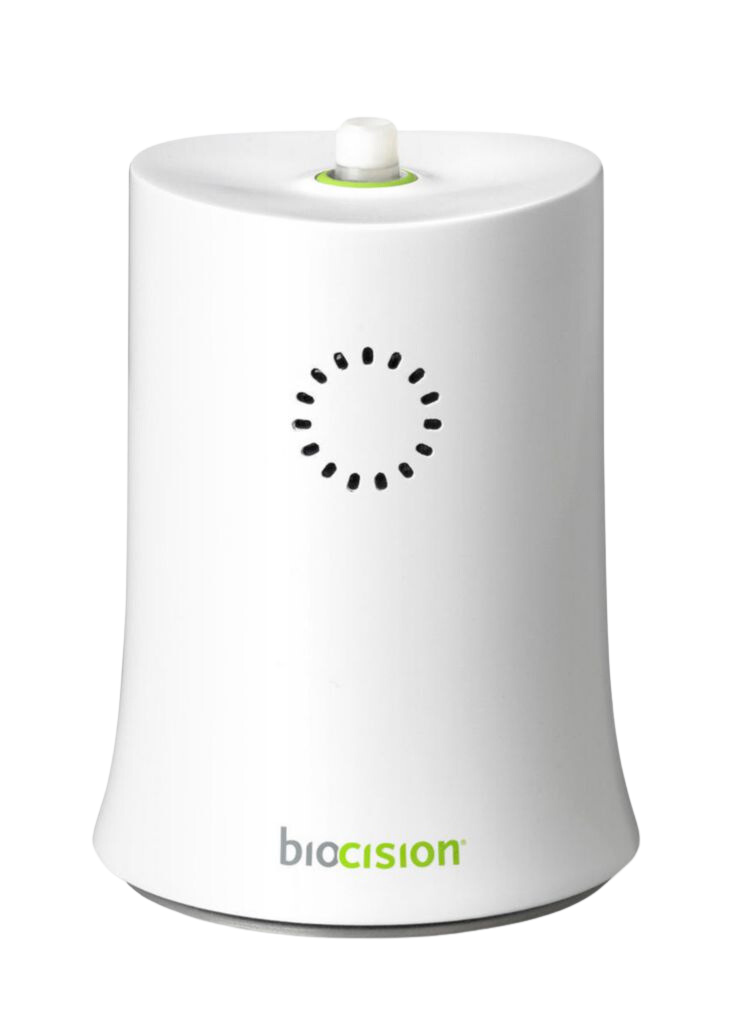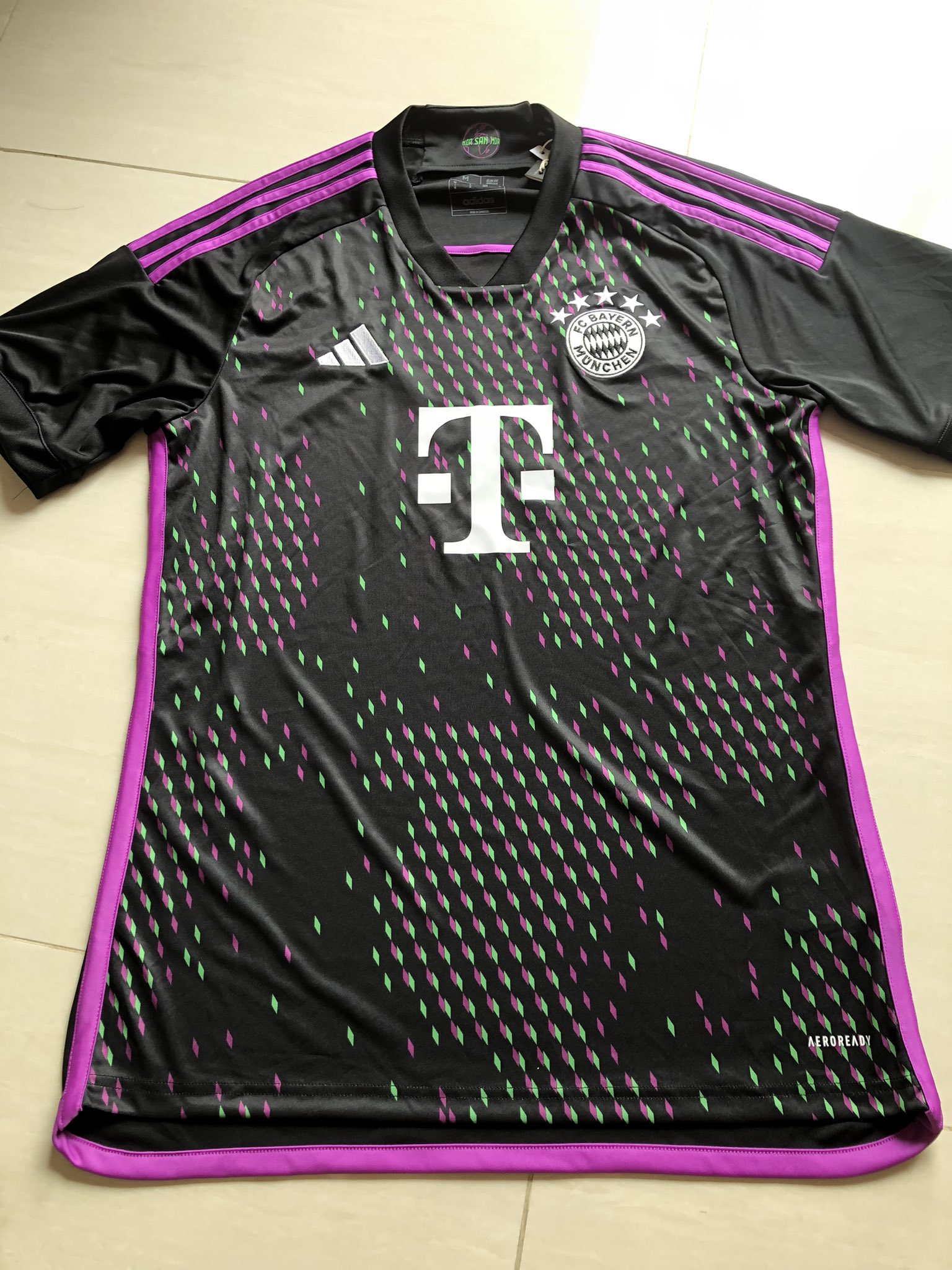Automated Visual Inspection Of Lyophilized Vials: Challenges And Solutions

Table of Contents
1. Introduction
Manual inspection of lyophilized vials relies heavily on human observation, a process prone to subjectivity and inconsistency. Inspectors may miss subtle defects, leading to variations in quality assessment and potential product recalls. The inherently slow nature of manual inspection creates a significant bottleneck in high-volume production lines, ultimately impacting production timelines and escalating labor costs. Automated visual inspection systems offer a superior solution, providing faster, more accurate, and more cost-effective quality control for lyophilized vials.
2. Main Points
Challenges in Manual Visual Inspection of Lyophilized Vials:
Subjectivity and Variability: Human visual inspection is inherently subjective. Slight variations in lighting, individual inspector experience, and even fatigue can significantly influence the results. This leads to inconsistencies in quality assessment and potential errors.
- Variations in individual inspector performance: Experienced inspectors might be more adept at detecting defects, leading to variations in detection rates.
- Fatigue-related errors: Prolonged visual inspection can lead to fatigue, significantly increasing the likelihood of overlooked defects.
- Difficulty in detecting subtle defects: Some defects, such as minute cracks or particulate matter, are incredibly challenging for human inspectors to detect reliably.
Throughput Limitations: Manual inspection is a time-consuming process, especially when dealing with high-throughput production lines. This creates a major bottleneck, restricting production capacity and increasing overall manufacturing time.
- Slow processing speed: Manual inspection significantly limits the number of vials that can be inspected within a given timeframe.
- Increased production time: Production delays directly impact delivery schedules and overall operational efficiency.
- Limited scalability: Expanding production capacity becomes increasingly difficult when relying on manual inspection methods.
Cost Inefficiency: The high labor costs associated with manual inspection represent a significant portion of overall production expenses. The potential for human error also leads to costly rework, waste, and product recalls.
- High personnel costs: Employing a sufficient number of trained inspectors to maintain acceptable throughput can be expensive.
- Training and certification requirements: Ensuring inspectors possess the necessary skills and certifications adds to the overall cost.
- Potential for human error leading to costly rework or recalls: Missed defects can result in significant financial losses.
Advantages of Automated Visual Inspection Systems:
Enhanced Accuracy and Consistency: Automated visual inspection systems provide objective and consistent defect detection, significantly reducing human error and ensuring uniform quality assessment.
- Objective defect detection: Automated systems consistently apply pre-defined criteria, eliminating the subjectivity of human inspection.
- Consistent quality standards: The system ensures uniform quality assessment across all vials, regardless of the inspector or time of day.
- Reduced false positives and negatives: Sophisticated algorithms minimize misclassifications, leading to more reliable defect identification.
Increased Throughput and Efficiency: Automation significantly speeds up the inspection process, leading to increased throughput and improved overall production efficiency.
- Faster inspection times: Automated systems can inspect vials at a much higher rate than human inspectors.
- Increased production capacity: The higher throughput enables increased production volume without requiring additional personnel.
- Reduced processing time: Faster inspection leads to reduced overall production time, improving delivery schedules and operational efficiency.
Cost Savings in the Long Run: While initial investment may be required, automated systems provide substantial long-term cost savings by reducing labor costs, minimizing waste, and preventing costly recalls.
- Lower personnel expenses: Fewer inspectors are needed, significantly reducing labor costs.
- Reduced material waste due to improved defect detection: Early detection of defects minimizes wasted materials and reduces rework.
- Prevention of costly recalls: Improved quality control minimizes the risk of product recalls, saving significant financial losses.
Data Acquisition and Analysis: Automated systems capture and analyze extensive data regarding defects and trends. This allows for proactive quality control and process optimization.
- Real-time data collection: Automated systems provide immediate feedback on the quality of the vials being inspected.
- Trend analysis for proactive quality control: Data analysis identifies patterns and trends, enabling preventive measures and process improvements.
- Improved process optimization: Insights gained from the data can be used to optimize production parameters and improve overall quality.
Key Technologies in Automated Visual Inspection of Lyophilized Vials:
Automated visual inspection systems utilize advanced technologies such as high-resolution machine vision systems, sophisticated image processing algorithms, and increasingly, artificial intelligence (AI). Machine vision systems capture detailed images of each vial, while algorithms analyze these images, identifying deviations from pre-defined quality parameters. AI-powered systems can learn and adapt to new defect types, enhancing the accuracy and adaptability of the inspection process.
Implementation Considerations for Automated Visual Inspection Systems:
Successful implementation requires careful planning and consideration of several factors, including system integration with existing production lines, validation of the system to meet regulatory requirements (e.g., 21 CFR Part 11), and ensuring appropriate training for personnel.
3. Conclusion:
Manual visual inspection of lyophilized vials presents significant challenges in terms of accuracy, throughput, and cost-effectiveness. Automated visual inspection systems provide a compelling solution, offering enhanced accuracy, increased efficiency, and substantial long-term cost savings. By implementing automated systems, pharmaceutical manufacturers can significantly improve their lyophilized vial quality control, optimize their production processes, and ultimately deliver higher-quality products to market. Upgrade your lyophilized vial inspection today and experience the benefits of automated quality control. [Link to relevant products/services].

Featured Posts
-
 Bctv Daily Dispatch Superman Daredevil Bullseye And 1923
May 11, 2025
Bctv Daily Dispatch Superman Daredevil Bullseye And 1923
May 11, 2025 -
 Ufc 315 Shevchenkos May Fight Against Fiorot Analysis And Predictions
May 11, 2025
Ufc 315 Shevchenkos May Fight Against Fiorot Analysis And Predictions
May 11, 2025 -
 Le Depart De Thomas Mueller Du Bayern Munich Un Chapitre Se Ferme
May 11, 2025
Le Depart De Thomas Mueller Du Bayern Munich Un Chapitre Se Ferme
May 11, 2025 -
 The Impact Of Michael Kays Comments On Juan Sotos Bat
May 11, 2025
The Impact Of Michael Kays Comments On Juan Sotos Bat
May 11, 2025 -
 Efficient Podcast Production Using Ai To Process Repetitive Scatological Documents
May 11, 2025
Efficient Podcast Production Using Ai To Process Repetitive Scatological Documents
May 11, 2025
